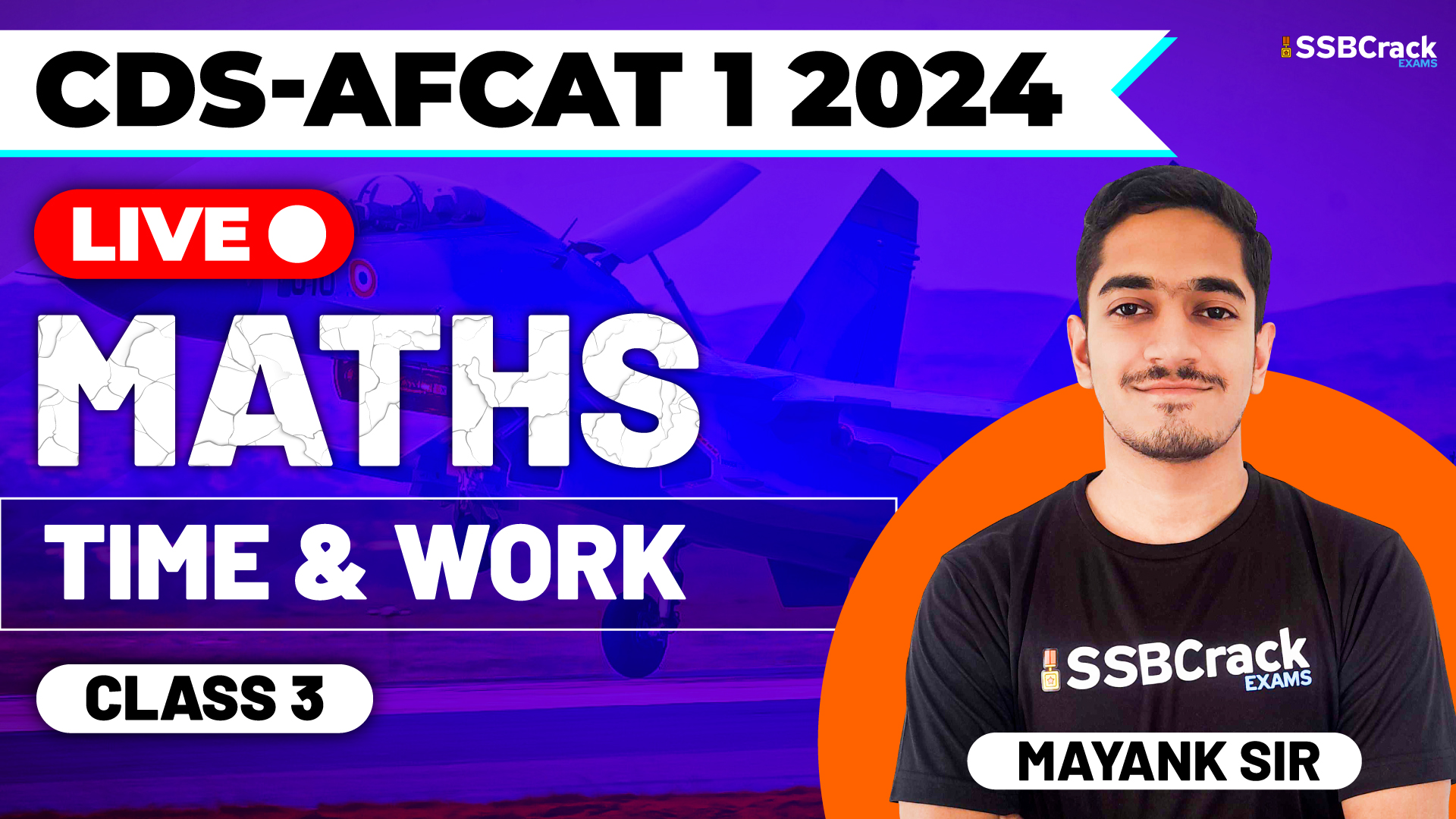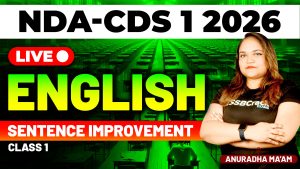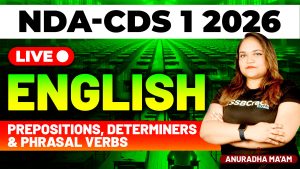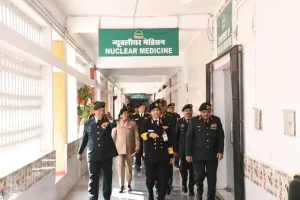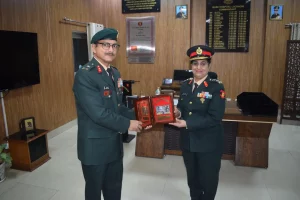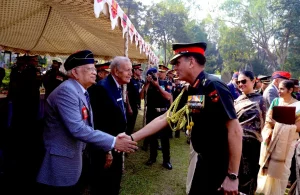In the realm of competitive exams like the CDS (Combined Defence Services) and AFCAT (Air Force Common Admission Test), time is of the essence. Not only do you need a deep understanding of various subjects, but you also need the practical problem-solving skills to navigate the complex scenarios presented in these exams. One critical topic that plays a pivotal role is “Time and Work.” In your recent class, you had the opportunity to tackle a series of practice questions related to time and work. This blog will delve into the insights and key takeaways from your practice class, emphasizing the importance of mastering this topic for CDS and AFCAT exam success.
The Foundation: Time and Work Formula
Before diving into the practice questions, let’s revisit the fundamental formula that underpins time and work problems:
Work = Rate × Time
This formula forms the basis for solving time and work problems. It allows you to calculate the amount of work done when you know the rate at which work is performed and the time it takes.
Efficiency: The Key to Productivity
In your practice class, you likely encountered the concept of efficiency, which is a measure of how effectively an individual or a group can perform work. Efficiency is often expressed as a percentage. For instance, if an individual has an efficiency of 80%, it means they can complete 80% of a given task.
Efficiency is a critical concept when multiple individuals, machines, or resources contribute to a task. You can calculate efficiency using the formula:
Efficiency (%) = (Actual Output / Maximum Possible Output) × 100%
Efficiency is a valuable tool in scenarios where tasks are distributed among team members, ensuring that resources are allocated optimally.
Practice Questions: A Variety of Challenges
In your practice class, you encountered a diverse set of time and work problems that put your skills to the test. Here are some key question types you explored:
- Calculating Work Done:
- Scenario: Given the rate and time, calculate the work done.
- Solution: Use the formula: Work = Rate × Time.
- Determining Time Required:
- Scenario: With known work and rate, calculate the time needed to complete the task.
- Solution: Rearrange the formula: Time = Work / Rate.
- Efficiency-Based Problems:
- Scenario: Questions involving multiple workers with different efficiencies and rates.
- Solution: Utilize efficiency to calculate the effective rate of multiple workers working together.
Why Efficiency Matters
- Resource Optimization: Efficiency ensures that tasks are allocated to the right individuals or resources, maximizing productivity and minimizing waste.
- Time Management: In competitive exams, efficient problem-solving is crucial. Proficiency in time and work problems, including efficiency calculations, allows you to allocate your time wisely to different sections of the exam.
- Real-World Application: These concepts have practical applications in military planning, logistics, and air force operations, where precise calculations are essential for resource management.
Practice: The Path to Mastery
As with any mathematical concept, practice is the key to mastering time and work problems and efficiency calculations. Regular practice exposes you to various scenarios and enhances your problem-solving skills.
Conclusion
Your practice class on time and work for CDS and AFCAT preparation has equipped you with valuable problem-solving skills. Embrace these tools as your allies on your journey to success. As you continue your studies and practice, you’ll find that these techniques become second nature, enabling you to tackle even the most complex time and work problems on the day of the exam. So, keep practicing, stay focused, and remember that mastering the fundamentals is your key to excelling in the exams and in real-world applications. With dedication and practice, you are well on your way to achieving success in the CDS and AFCAT exams. Good luck!
